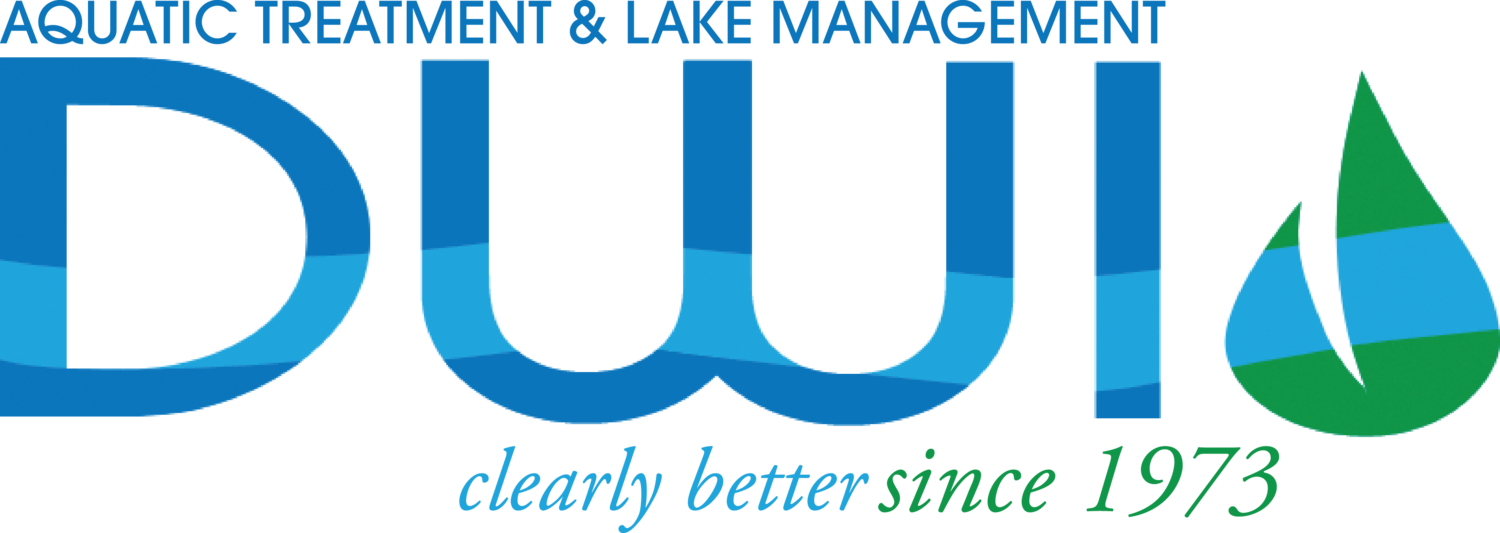By Patrick Simmsgeiger, Founder of DWI
The summertime beauty and smooth functioning of a water feature can be seriously threatened by conditions that actually develop during the fall and winter. Algae, aquatic weeds, fish kills, and odors are all caused by a buildup of debris from trees, “deposits” from waterfowl and a lack of oxygen. The time to start preventing summer disasters is in the spring. A program of clarification, circulation, and treatment can correct winter contamination.
Rainfall obviously increases during the winter and contains a surprising amount of nitrogen picked up from the atmosphere. This nitrogen content can change the chemical balance (pH) of lakes. Runoff from the rains brings mud, fertilizers, soaps, oils, and other debris into a lake.
The biodegradation process slows during the winter. Organisms in the water that break down leaves, bird waste and dead fish, function very slowly, if at all. Organisms require oxygen and a certain range of pH to do their job. Water hold sonly so much oxygen, depending upon the temperature and circulation in the water.
Fertilizers break down much more slowly. Landscape contractors apply fertilizers that contain nitrates. Nitrates in water features encourage the establishment of aquatic weeds and blooms of algae later. Lake health depends upon spring renovation.
The goal of spring renovation is to bring the body of water back to equilibrium before sunlight and high summer temperature encourage aquatic weed and algae growth; reduction of organic matter suspended in the water; adjusting the pH of water to encourage chemical breakdown; and improving the oxygen content.
Filtration and treatment of the water help to reduce the effectiveness of beneficial organisms. But the lake can be treated to restore proper pH, thus encouraging chemical breakdown and better balance.
Treating a lake with products requires sufficient circulation and an accurate calculation of the volume of water in the lake. The product needs to be both effective and safe for fish and fowl.
Provisions should be made to maintain circulation throughout the year. Deep lakes can develop layers of water at different temperatures. This is called stratification. The temperature of each layer determines how much oxygen it will hold. Cooler water holds more oxygen. By causing water to circulate, the layers are mixed and the oxygen level is consistent throughout the water feature. Circulation distributes oxygen through the entire volume of the water, improves decomposition of organic matter, and helps the lake maintain an even temperature at all levels.
Much goes on inside and outside a water feature. Neglecting a water feature during the other seasons can result in serious problems in the summer. Following these water care guidelines and utilizing licensed and knowledgeable aquatic maintenance professionals your lake should be a source of enjoyment and satisfaction for years to come. After all, lakes are here for us to enjoy.



